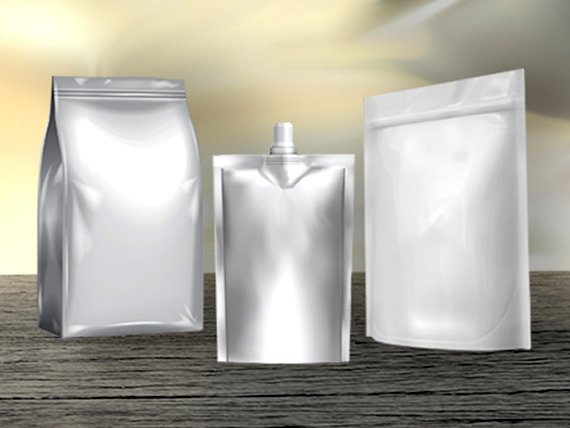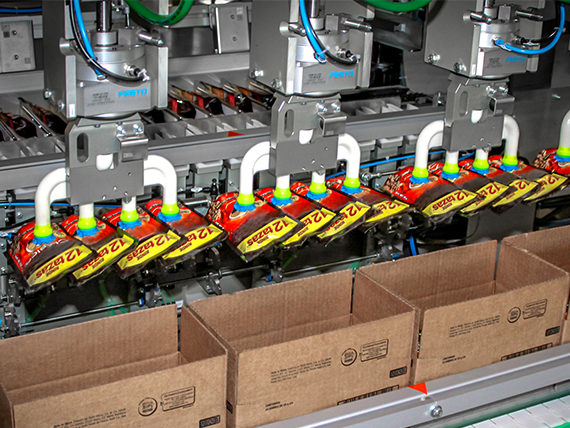

Editorial from Etienne Henry, Packing Business Development Director
Food Flexible Packaging: great for marketing and logistics, but challenging for the industry...
Today, flexible plastic and paper bags or sachets are light, adaptable to many formats and types of use, and are relatively easy to mass-produce. While this guide focuses solely on food applications, don’t forget that they are used in a wide range of sectors, from body and home care to cosmetics and drinks.
Flexible packaging is growing in popularity, linked to three factors:


While the lightness and deformability of flexible packaging may be a major constraint when mechanizing the packing process, there are relevant solutions. However, being well inform and aware first, is key to move forward with a clear mind.
This white paper can also help companies choose the right kind of secondary packaging and maximize their position in the case. This will depend on the company’s priorities: do you want to optimize their logistics or make it easier to shelve you products?
With this guide, we can help food manufacturers make the right choices for their overall packing solution. To do this, we have illustrated the various primary and secondary packaging configurations available, laid them out according to user priorities and provided an inventory of the primary industrial resources available. Lastly, there are four case studies to give you a real-world view of what we are talking about.
Only few days before the comprehensive White Paper is released on Sidel website! Staying tuned!
Editorial from Etienne Henry, Packing Business Development Director
\r\nFood Flexible Packaging: great for marketing and logistics, but challenging for the industry...
\r\nToday, flexible plastic and paper bags or sachets are light, adaptable to many formats and types of use, and are relatively easy to mass-produce. While this guide focuses solely on food applications, don’t forget that they are used in a wide range of sectors, from body and home care to cosmetics and drinks.
\r\nFlexible packaging is growing in popularity, linked to three factors:
\r\n","Image1":"/cgi-bin/landing/en/jm_passemard/2019_06_17_flexible/Flexible_box_4.jpg","Link1":null,"Text2":"
While the lightness and deformability of flexible packaging may be a major constraint when mechanizing the packing process, there are relevant solutions. However, being well inform and aware first, is key to move forward with a clear mind.
\r\nThis white paper can also help companies choose the right kind of secondary packaging and maximize their position in the case. This will depend on the company’s priorities: do you want to optimize their logistics or make it easier to shelve you products?
\r\nWith this guide, we can help food manufacturers make the right choices for their overall packing solution. To do this, we have illustrated the various primary and secondary packaging configurations available, laid them out according to user priorities and provided an inventory of the primary industrial resources available. Lastly, there are four case studies to give you a real-world view of what we are talking about.
\r\nOnly few days before the comprehensive White Paper is released on Sidel website! Staying tuned!
","Image2":"/cgi-bin/landing/en/jm_passemard/2019_06_17_flexible/Flexible_box_3.jpg","Link2":null,"Text3":"","Image3":"","Link3":null,"Text4":"","Image4":"","Link4":null}